In the bustling world of construction, the safety of workers rides high on the list of priorities. With heavy machinery in operation, elevated workspaces, and materials being moved constantly, a construction site can be a denseness of potential hazards. However, through the use of quality protective construction gear, these risks can be significantly mitigated. This comprehensive guide serves as a beacon to enlighten you on the various types of protective attire available, the importance of safety in the construction industry, the criteria for selecting the finest safety gear, and much more. After stepping through this portal into the realm of construction safety, you'll be well on your way to fostering safer and more productive working environments. Let's puzzle out the essentials to safeguarding your worksite.
Healthy and safe working conditions are an absolute non-negotiable in the construction industry. Considering its high-risk nature, understanding the importance of maintaining stringent safety standards becomes crucial. This doesn't just pertain to ensuring worker safety; rather, it extends to minimizing workplace accidents, staying in line with regulations, and enhancing overall productivity.
Prevention of Injuries
Firstly, equipping workers with the right safety gear proactively mitigates the risk of potential injuries on the job. From helmets and safety goggles to high-visibility jackets and fall protection gear, each element acts as a shield, protecting employees against unforeseen accidents. It's not just about personal protective equipment though; factors like proper scaffolding, correct use of power tools, and implementing safety precautions when operating heavy machinery also play important roles in preventing injuries. One way to ensure safety is by knowing and understanding safety ratings for construction gear.
Regulatory Compliance
Secondly, safety within construction sites isn't just a matter of worker welfare– it's a legal obligation as well. Regular inspection of machinery, rigorous maintenance of records, and adherence to safety protocols laid down by regulatory bodies is mandatory. Authorities such as Occupational Health and Safety Administration (OSHA) set standards that must be upheld to ensure a safe work environment. Non-compliance entails hefty penalties, as well as damaging reputational harm– a risk no business can afford to take.
Enhancement of Work Efficiency
Lastly, remember that a safe job site is a productive one. Workers, when assured of their safety, can focus their energy and attention on their work rather than worrying about potential dangers. Quality equipment, structured training programs to educate employees on safety procedures can go a long way. Not to mention, a well-organized site limits the chances of accidents that can cause work disruptions, subsequently boosting efficiency and productivity.
In conclusion, safety in construction is critical for many reasons, and understanding these can help in fostering a safe, productive, and compliant work environment. To enhance safety measures further, consider Understanding Safety Ratings for Construction Gear as a starting point.
In the realm of construction, personal safety is paramount. Every day, workers face a plethora of risks, from falling debris to harmful dust particles. Ensuring robust safety measures are in place is non-negotiable, and part of this involves equipping workers with the right protective gear. Can you guess what holds paramount importance on a construction site? Yes, you're right, it's safety. Providing the right equipment is crucial in giving the workers the assurance to perform at their best. Let's delve deeper into the types of protective construction gear that safeguard the health and safety of the construction workers.
Head Protection
You wouldn't want anything heavy falling on your head, would you? Most likely not. That's why hard hats are a staple in any construction site. They protect the user from overhead impact, electrical shocks, and are designed for optimal comfort. Innovations in this field include adjustable straps, advanced suspension systems, and ventilated shell designs.
Eye and Face Protection
Imagine a world where you can't see the smiles of your loved ones or the beautiful sunset? Terrifying, isn't it? This fear makes eye and face protection gear an essential part of the construction worker's safety kit. Safety glasses, goggles, and face shields keep the eyes and face safe from chemical splashes, flying particles, and harmful radiation.
Hearing Protection
Ever encountered a loud noise that made your ears ring for a short while? In a construction environment, such noise levels are an everyday occurrence. Without the right protection, prolonged exposure can result in permanent hearing damage. Enter, hearing protection gear. These include earplugs and earmuffs, designed to reduce the intensity of sound reaching the ears.
Respiratory Protection
Dusty atmospheres in a construction site can cause respiratory issues over time. That's why workers need respiratory protective gear such as masks and respirators to avoid inhaling hazardous substances. They act as a barrier, filtering out harmful particles from the air the workers breathe.
Hand and Skin Protection
From chemical burns to abrasions, a construction worker's hands face many risks. Hand and skin protection in the form of gloves and protective creams provide a physical barrier against these risks. They also offer additional grip, which is an added benefit in a construction environment.
Foot Protection
Walking on a tightrope? Nope, we are talking about construction sites where a slip or fall could lead to severe injuries. Safety boots with anti-slip soles provide stability, while steel toe caps protect from falling objects or compression incidents.
Body Protection
Lastly, the body needs protection too. High-visibility vests ensure the workers are clearly visible at all times, preventing accidents.
Imagine a construction world with less injury, increased comfort, and assured safety. This is not a mere fantasy but a reality brought closer by Innovations in Construction Gear for Safety. Stay informed, stay equipped, and most importantly, stay safe.
When selecting safety gear for construction purposes, four main factors play a crucial role: durability, comfort, fit, and regulatory compliance. These pillars need to be considered carefully to make a sound investment. Let's delve into each aspect and understand why it's so important in the buying process.
Durability
Just like the robust nature of construction work, the safety gear accompanying it needs to be durable. A well-made gear won't tear or wear easily, even with daily use in rough conditions, ensuring the worker's safety at all times. Some characteristics to look for in durable construction safety gear include:
- Top-notch material quality
- Exceptional sturdiness
- Capacity to resist harsh weather conditions
- High wear and tear resistance
Remember, a durable product won't just protect you; it saves money in the long run as it won't need frequent replacements.
Comfort
Construction work often requires long hours of labor in demanding conditions. Therefore, the safety gear you select should offer maximum comfort to its user. When protective gear is easy to wear and doesn't hinder movement, productivity can increase. Consider the following points while checking the comfort level of safety gear:
- Lightweight design
- Efficient ventilation
- Good ergonomic design
- Suitable for prolonged use
Fit
While comfort lies in the inherent design of the gear, the fit depends on how well it adapts to the wearer's body. An ill-fitting gear can potentially become a safety hazard itself. Hence, it's crucial to find gear that fits perfectly. Keeping in mind that construction workers often need to wear their gear for extended periods, it becomes even more important to select the perfect fit.
Regulatory Compliance
Last, but definitely not least, is regulatory compliance. Every construction safety gear must adhere to the safety standards and regulations set by local and international bodies. Non-compliance can lead to legal issues and, more importantly, risk the safety of the workers.
In conclusion, selecting safety gear for construction work involves a careful consideration of various factors. Ensuring you tick each of these boxes creates a safer work environment and improves productivity overall. For more insights on purchasing the right gear for your workers, consider checking out our Buying Guide for Construction Gear.
Protection is paramount when it comes to activities that put your well-being at risk. Whether you are an athlete, a construction worker, or simply an adventure enthusiast, the proper maintenance and care of your protective gear greatly influence its effectiveness. From the moment you purchase your gear, its care should not only be deliberate but regular, to ensure that its protective qualities stay intact.
Cleaning Guide
Cleaning your protective gear isn't just about maintaining its aesthetic appeal. It is a central part of gear maintenance that ensures its longevity and functionality. To clean your protective gear properly:
- Brush off dry dirt and clean with soft, damp cloth
- Use mild soap or detergent and lukewarm water.
- Apply a small amount of soap to the gear, gently scrub, and rinse thoroughly.
- Air dry. Using a drying machine could compromise the gear's structural integrity.
Remember not to use harsh chemicals as this may degrade the material and affect the gear's effectiveness.
Regular Inspection
Regularly inspect your gear for any signs of wear or damage. Battered gear can do more harm than good and might even be a health hazard in severe cases. Here are a few things to look out for:
- Cracks, rips, or tears
- Loose or broken parts
- Fading of safety labels
- Rigidity or brittleness
In the construction industry, for instance, gear subjected to high temperatures may show signs of degradation, compromising its protective properties. It's important to know when to replace such gear to continue Maintaining Safety in High-Heat Conditions.
Safe Storage
Storing your protective gear might seem a no-brainer. But did you know that wrong storage practices can reduce your gear's lifespan? Follow these tips for safe storage:
- Store in a cool, dry place away from direct sunlight.
- Avoid places with high humidity that may encourage the growth of mold or fungi.
- Keep your gear in a proper storage bag or container that's spacious and breathable.
Replacement
Even with top-notch maintenance, there comes a time when protective gear has to be replaced. It's crucial to respect gear’s lifespan and replace it when due, keeping in mind that safety should never be compromised. Be sure to periodically review manufacturer guidelines regarding the expected lifetime of your gear.
In conclusion, protective gear maintenance is not something to be taken lightly. It's integral to safety and cost-effectiveness that gear is cleaned, inspected, stored, and replaced appropriately at the right time.
In the realm of occupational safety, employers play a central role, particularly, in providing and maintaining protective gear for their workers. It is an imperative that workers, irrespective of the sector they work in, be it construction, healthcare, or manufacturing, have access to appropriate safety equipment. This not only ensures their safety but also boosts morale, productivity, and overall job satisfaction.
Undoubtedly, protective gear drastically reduces the risk of workplace injuries and fatal accidents. As an employer, your responsibility extends beyond providing safety gear to your employees; it also encompasses maintaining it in an impeccable state.
Let's break down these responsibilities into clearer points:
- Identifying the Right Gear - It's the employer's duty to properly assess the hazards involved in the workplace. This includes conducting a comprehensive hazard analysis to identify the appropriate type of gear required.
- Procure Quality Gear - Once the right type of gear has been identified, employers should procure items of high quality. Lower quality gear may compromise safety and can also wear out faster, leading to more frequent replacements.
- Regular Inspections and Maintenance - Protective gear should not only be provided but also regularly inspected. This is to ensure they remain in good condition and are replaced or repaired as soon as they show signs of wear and tear.
- Training Workers - Providing gear isn't enough; workers need to be educated on how to use them properly and understand their importance. Regular training sessions can help accomplish this.
Specifically, leaders in the construction field are transforming safety in the industry by investing in high-quality protective rain gear, for example. These improvements in safety equipment, including rain gear, are indeed setting new standards for the industry. They are not just ensuring that workers stay dry and comfortable but are also making a substantial difference in reducing workplace injury rates.
In essence, the onus of providing and maintaining protective equipment, such as rain gear, lies heavily on the employer. This responsibility is not merely regulatory but also moral, as it directly affects the well-being of workers. By adhering to it, employers cultivate a culture of safety which not only safeguards the health of their workforce but also enhances productivity, retention, and company reputation in the long run.
In the bustling world of construction, safety can never be compromised. Protective gear plays a crucial role in ensuring the well-being of workers and promoting efficiency in operations. From hard hats and safety goggles to respiratory masks and high-visibility vests, every piece of equipment carries a significant purpose.
However, it's not enough to merely provide these tools. It's important for both employers and employees to know how to choose the right gear based on aspects such as durability, comfort, and compliance with safety standards. Learning how to properly care for and maintain this gear extends its lifespan and guarantees its optimal performance.
Remember, construction work is inherently risky, but with proper safety measures and appropriately chosen and maintained protective gear, these risks can be minimized significantly. This not only keeps the employees safe but also enhances their confidence and productivity.
Ultimately, the goal is to create a safe and efficient working environment where every construction worker feels confident to undertake tasks without fear of potential harm. Building that environment starts with understanding the critical role that protective construction gear plays in site safety.
The dialogue surrounding construction safety is ever-evolving, and as we continue to advance technologically, the protective gear available becomes more sophisticated. So, it's essential to stay updated and always strive for a safer construction site. After all, safety isn't just a set of rules but a way of life in the construction industry.
Frequently Asked Questions
-
What are the essential protective gear for construction workers?
The essential protective gear for construction workers include hard hats, safety glasses, earplugs or earmuffs, high visibility vests or shirts, steel-toed boots, gloves, and respiratory masks, depending on the specific job requirements.
-
Why is it important to wear protective gear in construction?
Wearing protective gear is crucial in construction to prevent injuries and accidents. It safeguards workers from falling objects, impacts, flying debris, loud noises, visibility issues, hazardous materials, and respiratory hazards. It ensures the overall safety and well-being of the workers.
-
How often should protective gear be inspected and replaced?
Protective gear should be inspected before each use to ensure it is in good condition. It should also be regularly inspected and replaced if any damage or wear and tear is detected. Follow the manufacturer's guidelines or consult safety experts for specific recommendations.
-
Are there any regulations regarding the use of protective gear in construction?
Yes, there are regulations set by Occupational Safety and Health Administration (OSHA) that require employers to provide and enforce the use of proper protective gear in construction. These regulations aim to maintain a safe working environment for employees.
-
Can construction workers customize their protective gear?
Personalization or customization of protective gear should be avoided unless approved by the manufacturer or safety experts. Altering the gear could compromise its functionality and safety features, potentially putting the worker at risk. It is recommended to use the gear as intended.

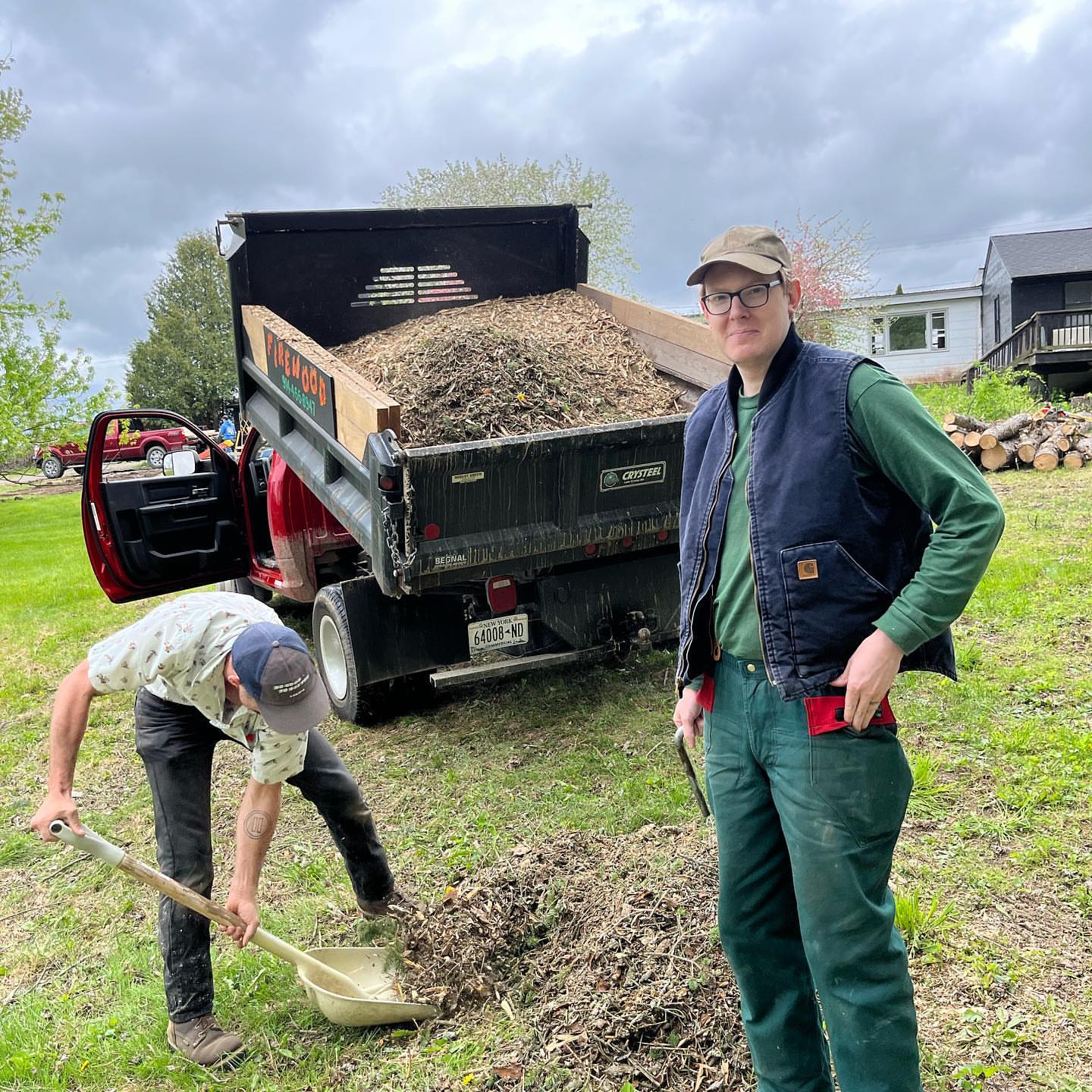
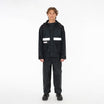
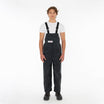
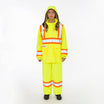
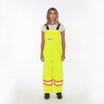
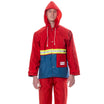
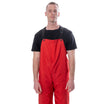
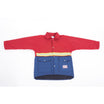
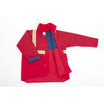
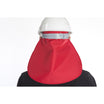

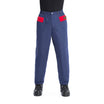
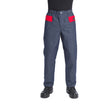
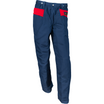
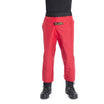
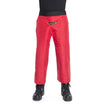
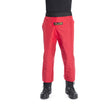
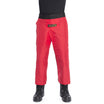
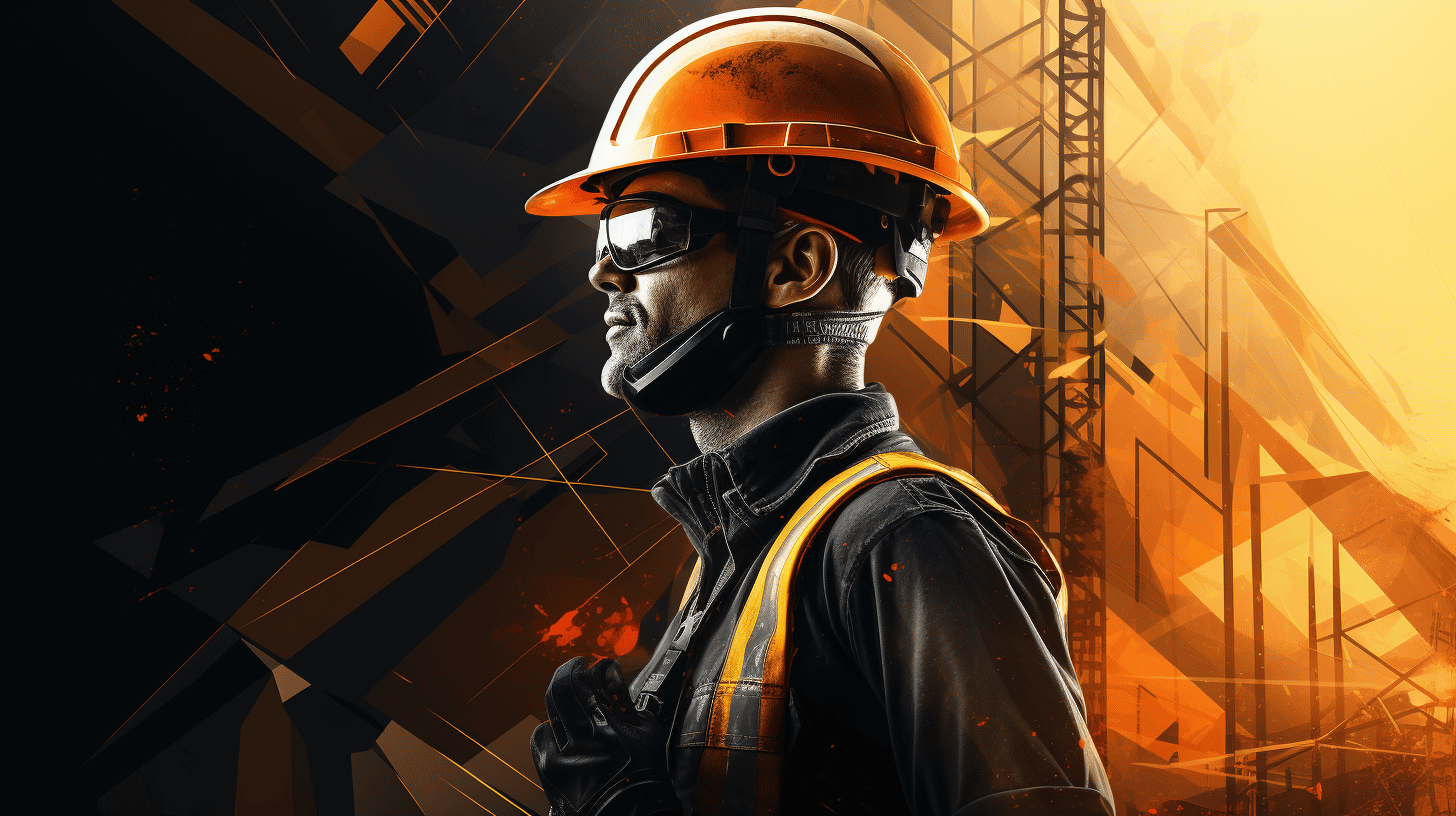
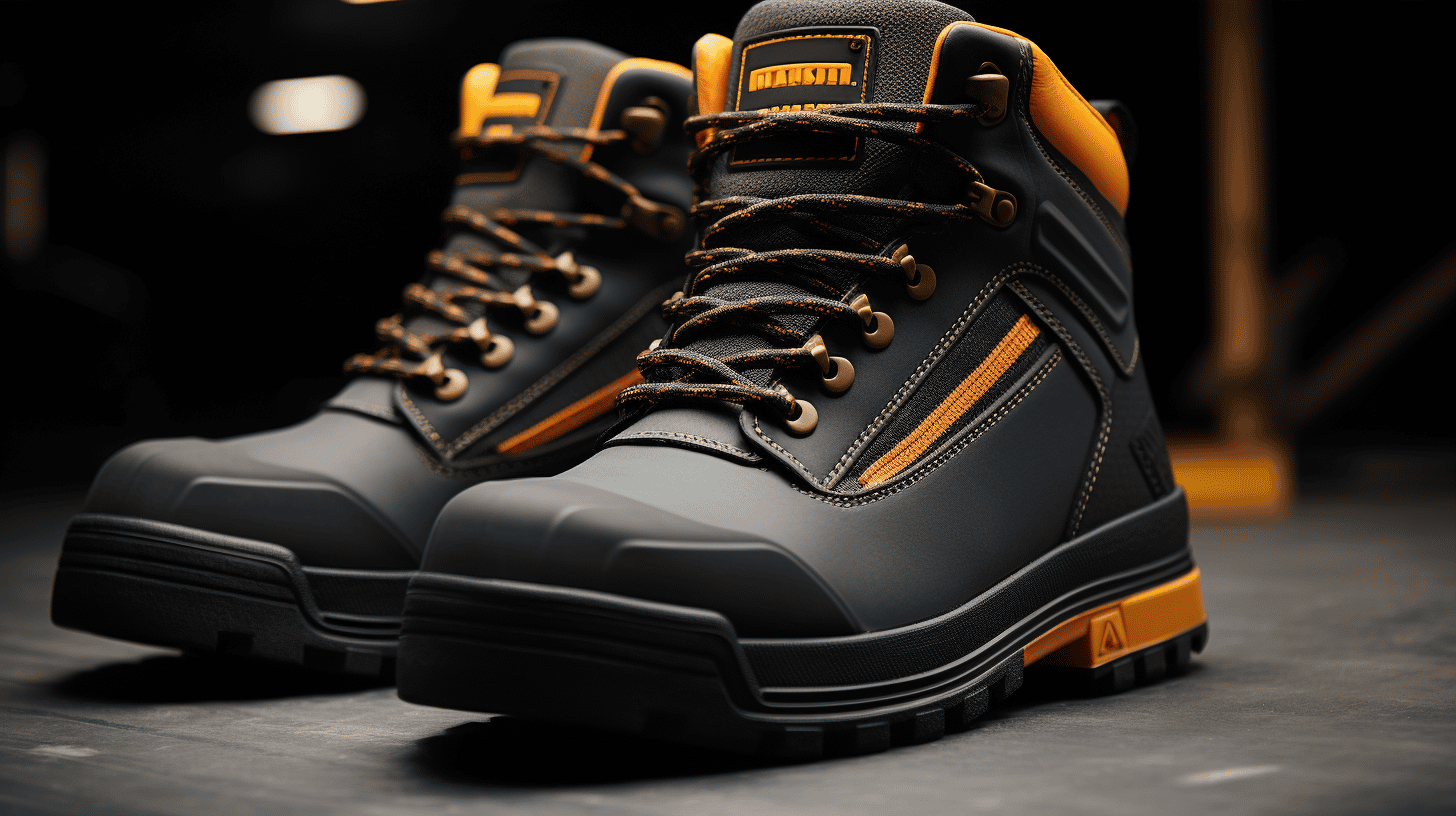
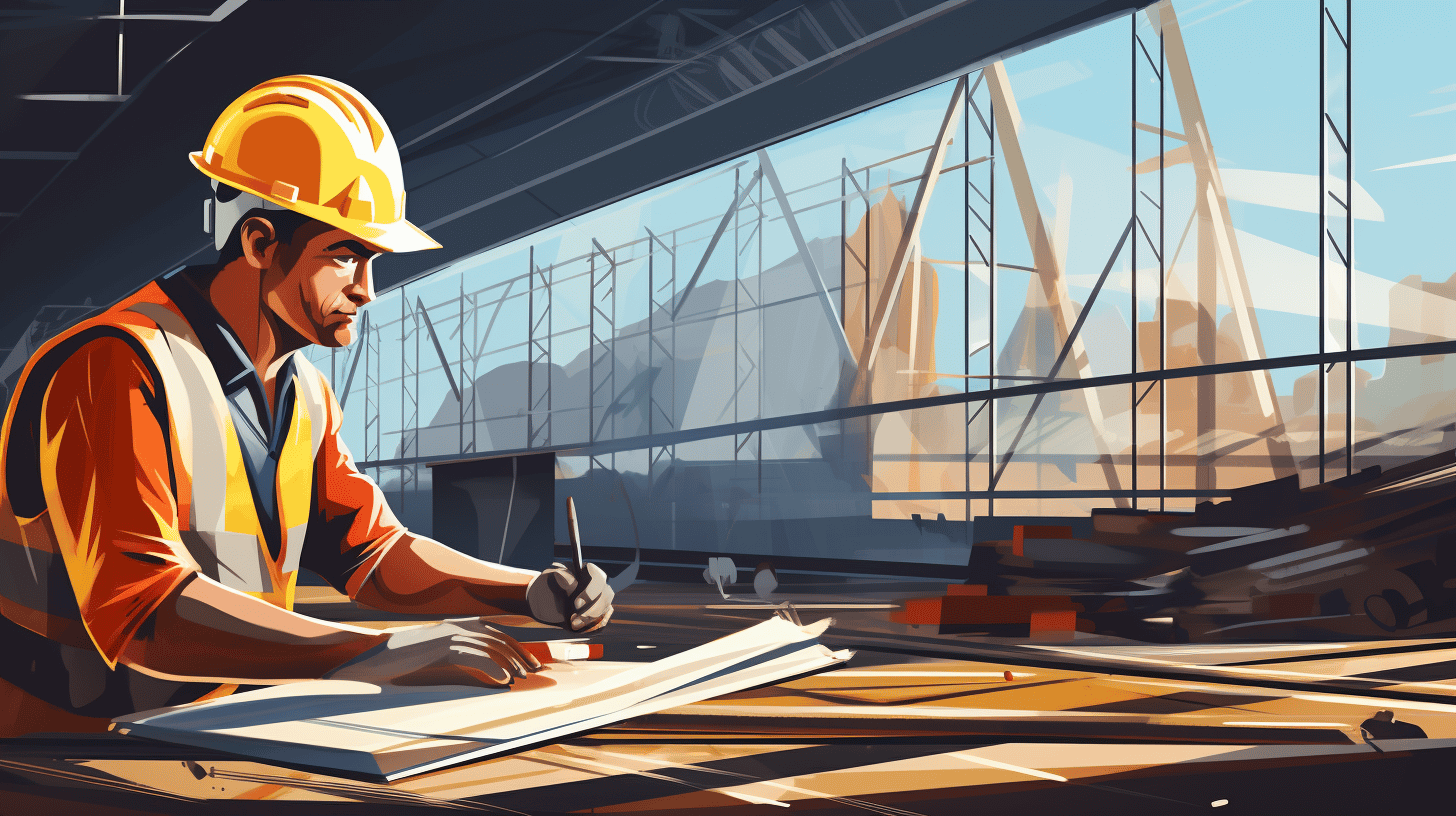
Leave a comment
This site is protected by hCaptcha and the hCaptcha Privacy Policy and Terms of Service apply.